Physical Modeling
Physical modelling is crucial to simulate and understand the behavior of complex hydraulic systems, simulating real-world scenarios, optimize engineering designs, and make informed decisions for flood management.
- Dam break analysis
- Sediment transport modeling
- River flow analysis
- Flood modeling
- Reservoir optimization
- Bridge and culvert hydraulics
- Channel design and optimization
- Water intake and outfall design
- Water quality modeling
- Hydraulic structure design and analysis
- Irrigation system design and analysis
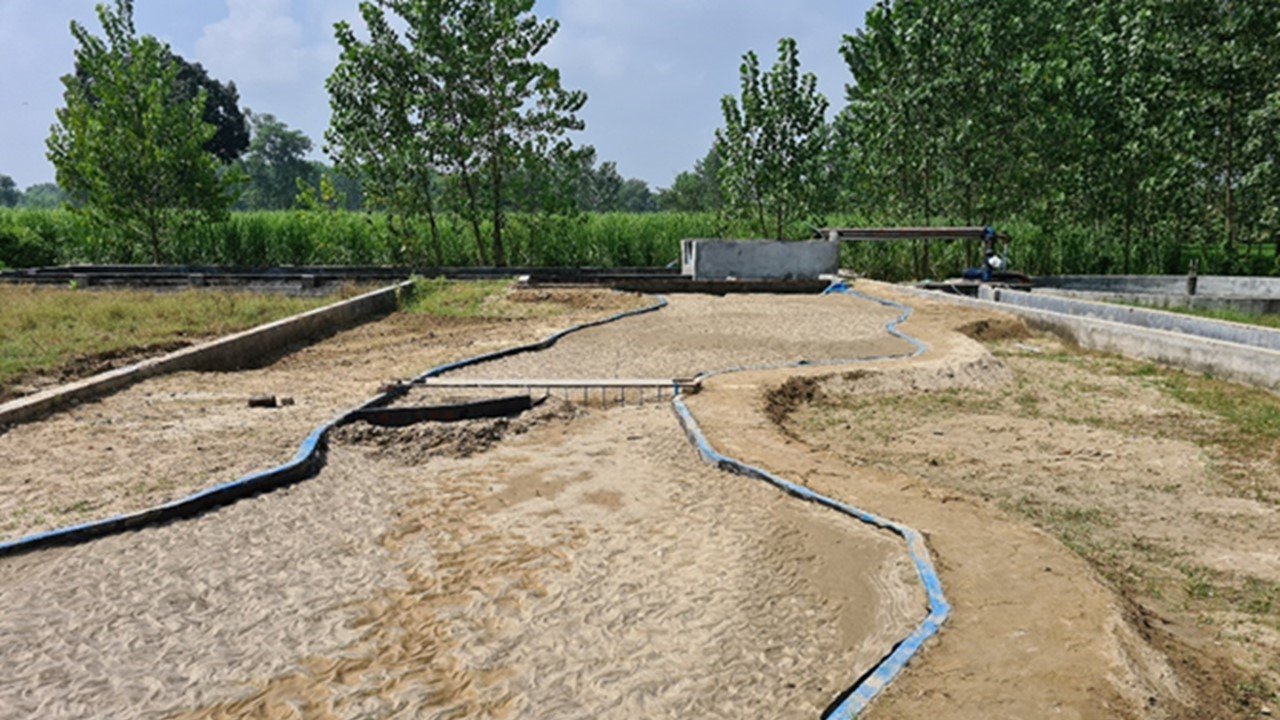

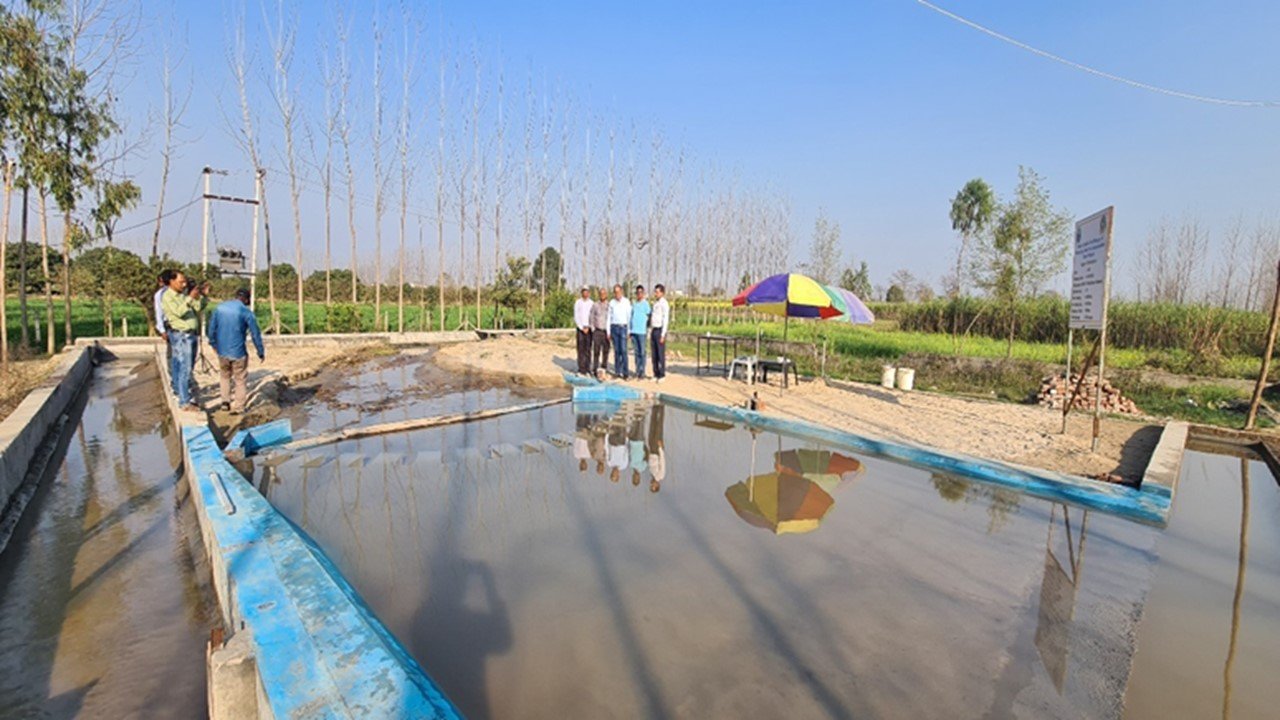
Physical modelling offers useful insights and forecasts for efficient planning, design, and management. It enables the simulation of actual hydraulic and hydrological processes, assisting in the comprehension and reduction of potential dangers like floods, erosion, and sedimentation. Physical modelling supports sustainable water resource management by optimising infrastructure designs and improving operational effectiveness.
CFD Modeling
CFD (Computational Fluid Dynamics) modelling is important for simulating fluid flow patterns, predicting hydraulic behavior, and optimizing the design and operation of systems.
- Turbulence modeling
- Flow pattern analysis
- Sediment transport modeling
- Channel design and optimization
- Pump station design and analysis
- Intake and outfall design
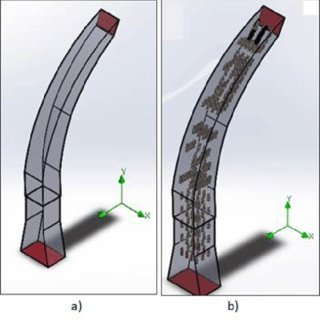
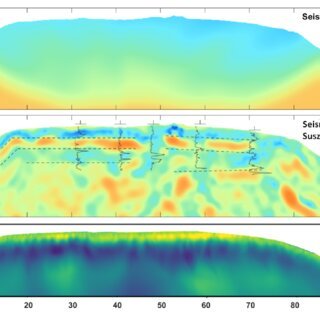

CFD modelling plays a crucial role in the water resources sector by offering invaluable insights into intricate flow patterns and hydraulic processes. In order to construct and optimise infrastructure like dams, canals, and pumping stations, it is possible to analyse and estimate how much water will flow, how much silt will be transported, and how clean the water will be. CFD modelling supports efforts for sustainable growth and conservation in the water sector, as well as better flood control strategies and water resource management.
Mathematical Modeling
Mathematical modelling is important for understanding complex hydrological processes, predicting water availability, and making informed decisions for sustainable water management.
- Sediment transport modeling
- Rainfall-runoff modeling
- Groundwater flow modeling
- Flood forecasting
- Drought analysis and prediction
- Water allocation modeling
- Irrigation scheduling
- Water demand forecasting
- Water quality modeling
- Climate change impact assessment
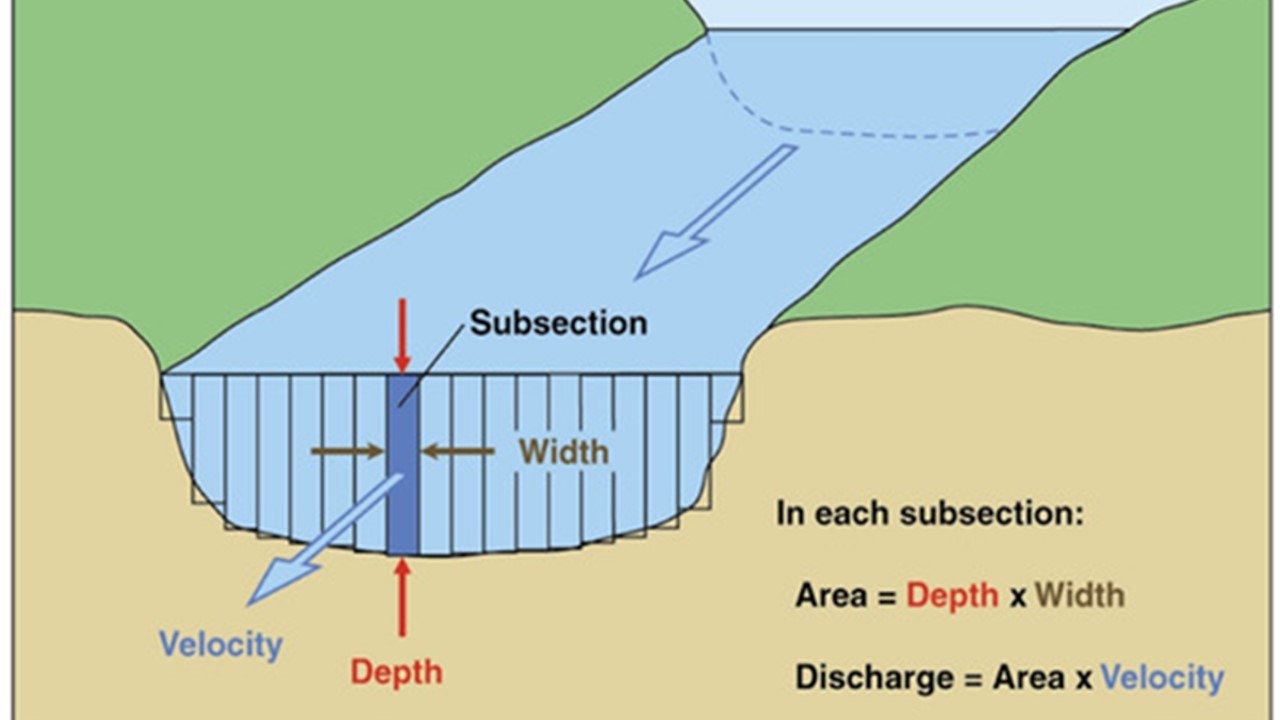
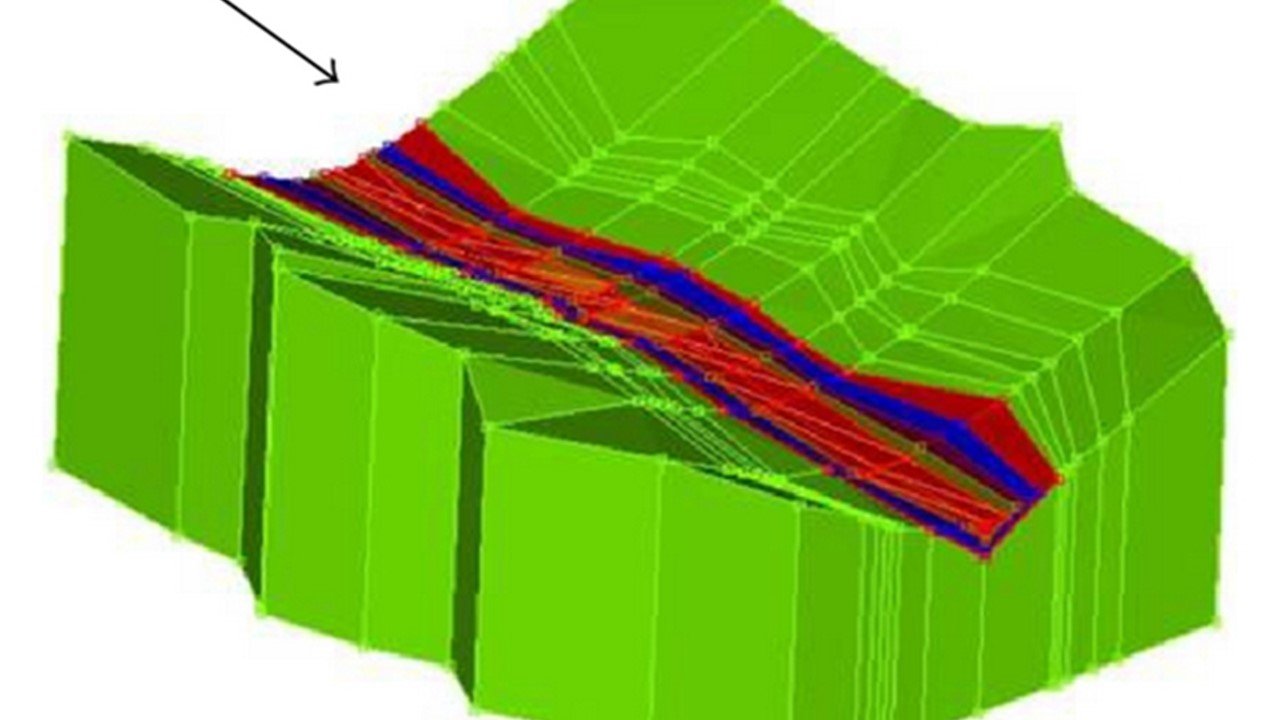
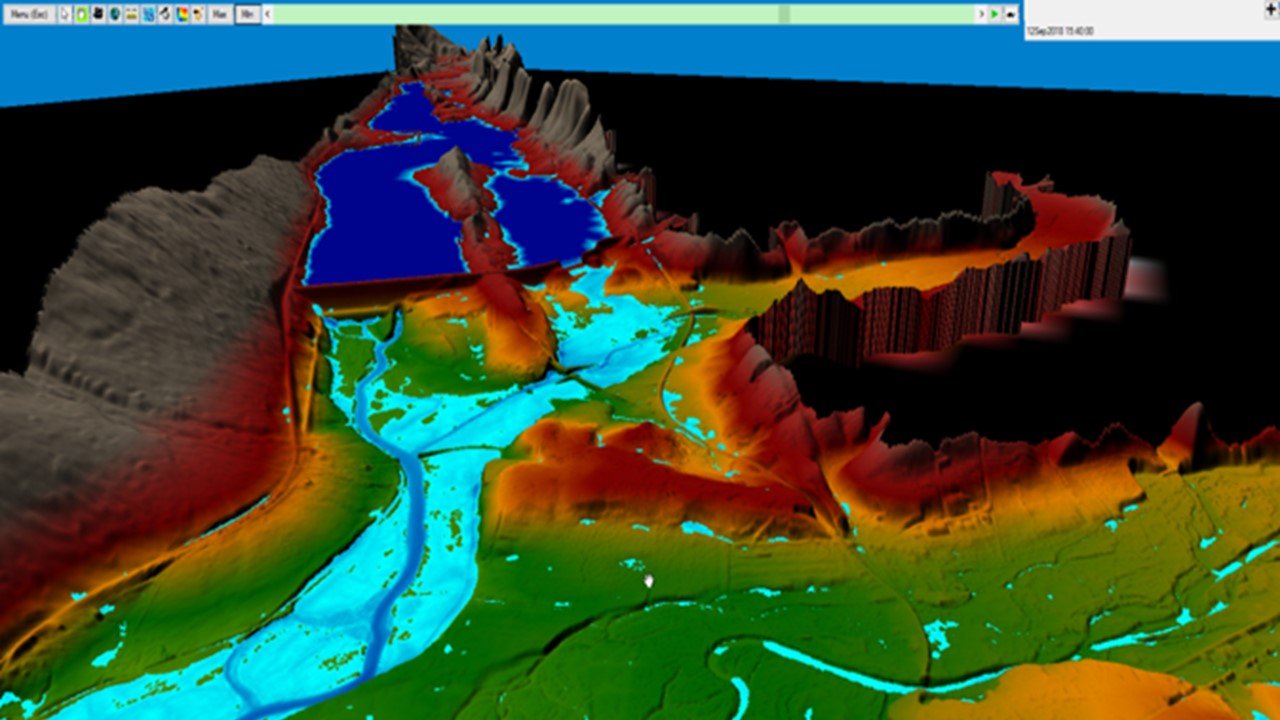
Accurate estimates of water availability, flow patterns, and quality are made possible by mathematical modelling, assisting in efficient water management and planning. Models aid in making educated decisions by estimating the effects of population expansion, climate change, and other actions on water resources. Mathematical modelling improves efficiency, reduces environmental consequences, and optimises resource allocation by simulating scenarios and allocating water.

